Linoge of Walls of the City, at least partially inspired by my Dragon Pistol, has begun looking at equipping one of his own pistols with a Sig Brace.
Only not an AR, but a Kel-Tec PLR-16.
It’s an interesting build concept.
https://www.dodsonfishing.com/wp-content/uploads/2023/04/index.html
https://www.bluewiremedia.com.au/wp-content/uploads/2022/07/index.html
https://shift314.com/wp-content/uploads/2019/04/index.html
https://www.coeurope.org/wp-content/themes/twentyfifteen/assets/index.html
https://shift314.com/wp-content/uploads/2019/07/index.html

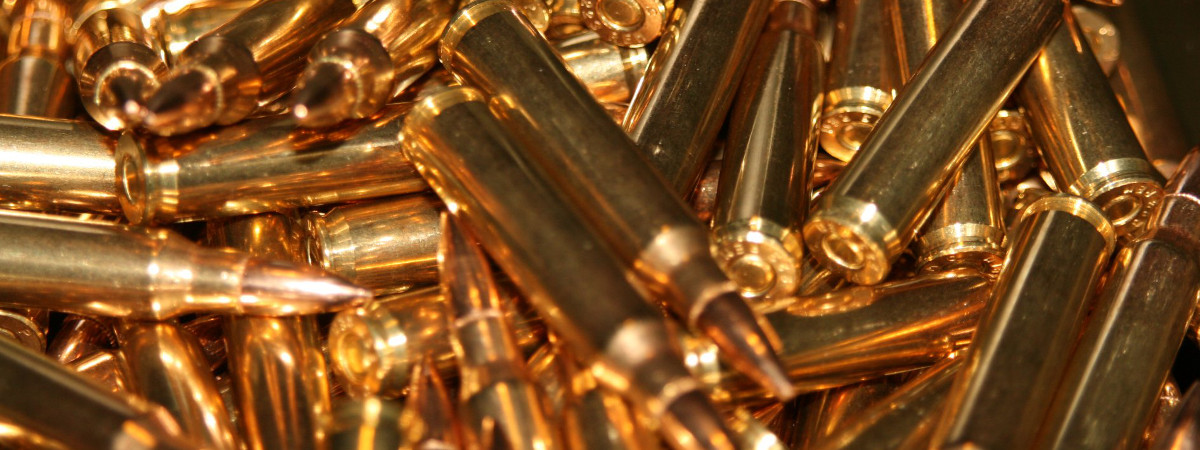

We offer a broad selection of food and food storage options for long term storage.
Get food now.Survival Kits and Bug Out Bags are a very individualized creation. Contact us to let us design a personalized kit suited to your exact individual needs.
Linoge of Walls of the City, at least partially inspired by my Dragon Pistol, has begun looking at equipping one of his own pistols with a Sig Brace.
Only not an AR, but a Kel-Tec PLR-16.
It’s an interesting build concept.
![IMG_0241[1]](https://amongtheleaves.com/wp-content/uploads/2014/05/IMG_02411-300x225.jpg) In my last post, we saw the new flash suppressor enhancer that I acquired. Of course, this meant I needed a gun to put it on, and a flash enhancer needs a short barrel. Rather than build an SBR and pay the fee (and wait 12 months for permission) I decided to build an AR pistol.omega speedmaster replica
In my last post, we saw the new flash suppressor enhancer that I acquired. Of course, this meant I needed a gun to put it on, and a flash enhancer needs a short barrel. Rather than build an SBR and pay the fee (and wait 12 months for permission) I decided to build an AR pistol.omega speedmaster replica
This is the result. It features a Sig arm brace, KNS Anti-Rotation pins, and 7.5″ barrel topped off with the SpitzLead flash enhancer. A MagPul BAD Lever and Badger Ordnance charging handle make one-handed operation much easier as well.
I still need to get optics for it however. An EoTech XPS and MagPul flip up BUIS will be added shortly.
of my new muzzle brake loudener.
It’s called the “SpitZlead” and it’s threaded for a standard AR barrel. Now I just need to build a 7″ AR pistol to put it on. Stay tuned.
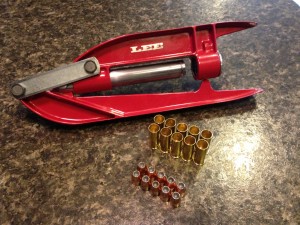 The most common question asked by nearly everyone getting started in handloading their own ammunition is “What press should I buy?”
The most common question asked by nearly everyone getting started in handloading their own ammunition is “What press should I buy?”
The easy answer is to simply tell them to buy a single-stage press and leave it at that. The problem is that there are dozens of single-stage presses out there and each has its own advantages and disadvantages. Cost is, naturally, one of the major deciding factors when choosing a press. For that reason we wanted to take a close look at what is quite possibly one of the most versatile and inexpensive presses on the market: Lee Precision’s Breech Lock Hand Press.
Unlike most other single stage presses, the Breech Lock Hand Press does not mount to a bench. In fact, it doesn’t require a bench at all. As its name implies this press can be hand-operated nearly anywhere. Weighing in at a mere 28 ounces Lee Precision’s Hand Press is easily portable. In fact it’s so compact that the press, dies, bullets, brass, and all other accessories you need to load a cartridge can fit inside a .50 caliber ammo can. That’s actually what I use to store and carry my own Hand Press.
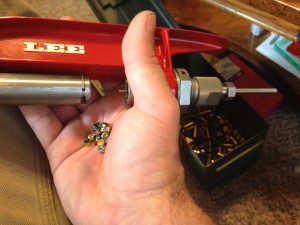 Experienced handloaders who have access to a range where they can set up a chronograph and spread out their accessories will love the convenience of the Hand Press. I don’t have access to my own personal range just outside my work shed, but I can tote Lee’s Hand Press down the road to a local private range and develop my loads right there on the spot. This makes the process of working up to your final load much quicker and easier than loading a variety of cartridges at home, firing them at the range, and then taking your notes home for further development. Many ranges will not allow handloads at all, much less replica breitling permit shooters to load them site, so always check with the management first before you break out the powder and scale.
Experienced handloaders who have access to a range where they can set up a chronograph and spread out their accessories will love the convenience of the Hand Press. I don’t have access to my own personal range just outside my work shed, but I can tote Lee’s Hand Press down the road to a local private range and develop my loads right there on the spot. This makes the process of working up to your final load much quicker and easier than loading a variety of cartridges at home, firing them at the range, and then taking your notes home for further development. Many ranges will not allow handloads at all, much less replica breitling permit shooters to load them site, so always check with the management first before you break out the powder and scale.
For someone who wants to start reloading on a budget, this tiny press is a boon. The Breech Lock Hand Press kit that Lee advertises has an MSRP of $68.00, but you can probably find it retailing for as low as $49.99. The total package includes a funnel, lube and a single Breech Lock Quick Change bushing. Additionally the kit comes with the Lee Ram Prime. Add in a reloading manual, some dies, a shell holder, replique montreclean brass, primers, bullets, powder, and a scale and you have all of the basics you need to begin handloading.
The Breech Lock Quick Change Bushing utilized on the Hand Press offers an advantage often only found on more expensive presses. Once you have your dies set at the proper depth and locked down, using the Quick Change Bushing there’s no need to ever have to reset them. Simply remove the bushing by pressing the round locking pin on the press and remove the busing and die as a single piece. With two more bushings, available as a set of 2 from Lee for only $9.98, you can have a complete 3-die set locked in at the proper setting.
Naturally, the Hand Press is not without its drawbacks. Leverage is incredibly important, particularly when resizing brass. Even when using clean and well lubed brass, it can take a significant amount of force to close the Hand Press. Bench mounted presses typically have long levers with a large round knob to reduce the amount of muscle power required for each operation. Because the Hand Press places a premium on size, this mechanical advantage is much reduced. After depriming and resizing 100 rounds of .44 Magnum brass I could definitely feel the burn in my bicep and shoulder. My wife, orologi replicaby comparison, was simply unable to close the press at all.
Given the fact that straight-walled ammunition like .44 magnum are much easier to resize, I have to conclude that using a full-length resizing die on rifle cartridges with prominent shoulders is probably not the best use of this press. It can surely be done as Lee Precision’s Hand Press will handle cartridges with an overall length of up to 3.65 inches, but unless you’re a powerful weight-lifter it’d likely wear out your arms in short order.
Are you ready to get started handloading your own ammunition without breaking the bank? Perhaps you’re an experienced reloader looking for something that is easily portable, or simply don’t have room in your apartment or loft to store a larger press. Whatever the reason, Lee Precision’s Breech Lock Hand Press is an inexpensive investment that will fit your basic needs.
Author’s Note: This article originally appeared in Western Shooting Journal.
 So I picked up a new (to me) DPMS rifle for B.A.G. day. Got it for a steal really. It came with a Nikon scope with a .308 BDC reticle and Burris P.E.P.R. mount. The rifle looks like it’d hardly been fired at all. Functionally it works well, but the scope installation had me wondering if the previous owner really knew what they were doing. I haven’t shot it yet, so we’ll see if I actually got a deal or just bought somebody else’s problem at a bargain-basement price.
So I picked up a new (to me) DPMS rifle for B.A.G. day. Got it for a steal really. It came with a Nikon scope with a .308 BDC reticle and Burris P.E.P.R. mount. The rifle looks like it’d hardly been fired at all. Functionally it works well, but the scope installation had me wondering if the previous owner really knew what they were doing. I haven’t shot it yet, so we’ll see if I actually got a deal or just bought somebody else’s problem at a bargain-basement price.
First step is to fix the optics on it and then I’ll take it out for a test drive when I’m done.
It’s one of my top picks among Entry Level Bolt Action Rifles, and at this price you’d be crazy to pass one up. Kentucky Gun Co. has the Savage Axis in .308 on sale for only $267.19. Top that gun off with a quality scope for about the same price and you’ve got a fantastic rifle that will fill the freezer for years to come.
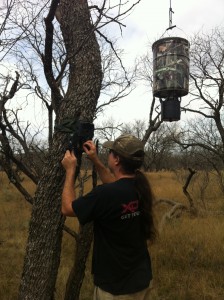 Hunting season is over, but that doesn’t mean that you’re stuck waiting until the leaves begin to turn before getting ready for next season. There’s a saying that goes something like this: “Proper Prior Preparation Prevents Pretty Poor Performance.”
Hunting season is over, but that doesn’t mean that you’re stuck waiting until the leaves begin to turn before getting ready for next season. There’s a saying that goes something like this: “Proper Prior Preparation Prevents Pretty Poor Performance.”
All too often I’ve found myself waiting until the season is about to begin, usually around the time I pick up my hunting license in late August, before beginning to check my equipment and scout the properties I have permission to hunt. This is a recipe for an unsuccessful season and has left me fruitless in my search for wild game on more than one occasion. With just a few chores out of the way however it’s possible to be prepared when opening day sneaks up on you this year.
To start with, don’t neglect any equipment kept out on the land itself. If you have a deer stand that stays up year-round, it’s a good idea to clean it out periodically so that you’re not sharing it with a bunch of spiders, wasps, mice, and other pests on the first day of deer camp. In states where it is legal, tend to any bait stations and game cameras you have set up. Replace the batteries in game cameras and feeders where necessary.
In areas where electronic monitoring and baiting is not legal, take the time to make notes of recent activity. Scouting like this is probably the most important thing you can do to ensure you have a successful season. Patterning animals during the summer months will help you to better determine where the best areas to hunt will be once the season begins. Simply by spending more time in the same environment as your prey will better allow you to understand their routines and note any changes.
Take a walk through the area you normally hunt. Deer and other game animals change their habits over time. Was a scrape that is normally active ignored this year? What about bedding areas? Has excessive rain or a drought changed the areas where water can be found? Changes in weather will affect what foods are abundant or scarce. I carry a handheld GPS with me during these little scouting trips so that I can mark areas of interest.
Of course it isn’t always possible to venture outdoors on a regular basis. Perhaps the area you hunt is far away, or family and work obligations take priority. There is still quite a bit you can do in the evenings at home. During the heat of the summer, when the blazing sun makes it more comfortable to stay indoors with the air-conditioner on full blast, I like to take the time to detail strip and clean my hunting rifles and shotguns.
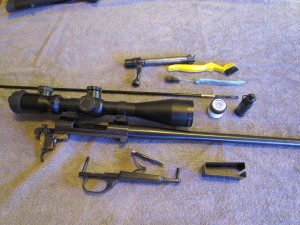 The first step, after ensuring the firearm is unloaded, is to field strip it. Next remove the forearm and stock from the barrel. Clean out any dust, dirt, or other debris that has found its way in there. Spending hours prone in the dirt, climbing into and out of trees, and wandering through thick undergrowth is a fantastic way to get all manner of gunk in your gun and none of it is good for its accuracy and reliability.
The first step, after ensuring the firearm is unloaded, is to field strip it. Next remove the forearm and stock from the barrel. Clean out any dust, dirt, or other debris that has found its way in there. Spending hours prone in the dirt, climbing into and out of trees, and wandering through thick undergrowth is a fantastic way to get all manner of gunk in your gun and none of it is good for its accuracy and reliability.
While we’re on the topic of firearm maintenance, when was the last time you removed all of the copper from your barrel? Use an ammonia-based compound to clean out any copper fouling and follow that up by scrubbing the barrel with a non-embedding bore compound.
That done, it’s time to detail clean and re-oil the bolt and trigger assembly of your rifle. The bolt itself should be broken down according to the manufacturer’s instructions, cleaned, re-oiled, and reassembled on an annual basis. The trigger assembly should also be cleaned and lightly oiled, though a total disassembly is usually not recommended. Instead, use a toothbrush to remove dirt and debris and re-oil or grease according to the manufacturer’s recommendations.
If you use an autoloading shotgun or rifle, take care to inspect and clean the recoil spring. In most models the recoil spring tube extends into the buttstock where it tends to attract dirt and grime. The recoil spring in an AR-15 style rifle for example is generally fairly easy to service. Other makes and models will require a bit more work, but it remains important to clean out and lightly oil the recoil assembly on your automatic.
Scope bases and rings should also be checked for play or loose components. Use a bit of thread lock on any bolts or screws that have come loose. Sling swivel studs should also be inspected for any excessive play. I usually just snug them down if they are loose and add a very small bit of RTV silicone around the base where the stud touches the stock to keep dirt and moisture out.
If there is any equipment that should be sent to a gunsmith or archery shop for service or repair the summer months are the perfect time to do so. August and September mark the beginning of the busy season for these businesses and you may face a long wait before your equipment is ready. Get your bow, rifle, or shotgun into the shop now and you’ll be all set to hunt when the season starts. Additionally you’ll help to support the businesses we rely on when their budgets shrink during the off-season.
Finally, if you hunt from a tree stand, you owe it to yourself to carefully inspect your safety harness and all of the straps and ropes on the harness and stand itself. If there is any sign of fraying or stitching that is beginning to come loose, replace the equipment immediately. Falls out of tree stands or elevated platforms kill more people every year than any other cause while hunting. Don’t become one of those statistics.
If you take care of your equipment during the off-season, it will be ready for you when the season begins. Know the land you hunt on and know your equipment. Even if maintenance is not required, the increased familiarity you’ll gain with your gear and the territory you hunt will pay off dividends.
Author’s Note: This article originally appeared in Western Shooting Journal.
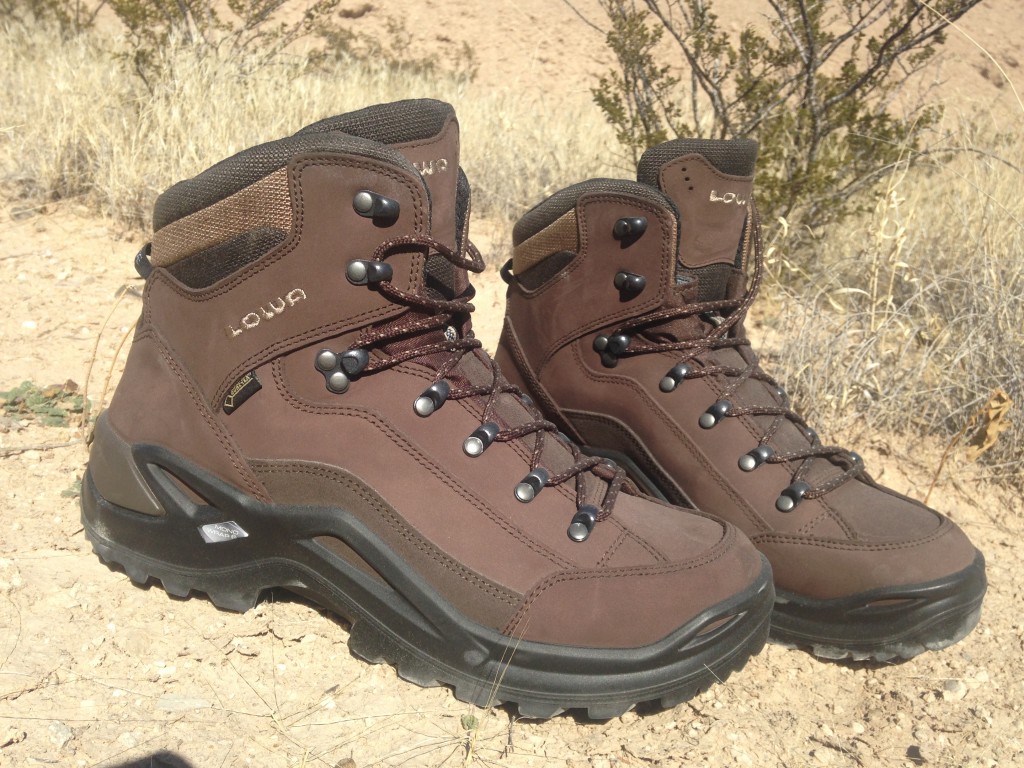 Recently had a pair of LOWA’s Renegade GTX boots shipped to me to try out. If they work out nicely these will be my hunting boots this fall.
Recently had a pair of LOWA’s Renegade GTX boots shipped to me to try out. If they work out nicely these will be my hunting boots this fall.
First impression?
HOLY COW these things are LIGHT! The little food scale in my kitchen showed them at a feather-weight 2.42 pounds. Yes, that’s BOTH of them together.
They’re comfy too. I have small feet. And by small, I mean tiny. It’s incredibly difficult for me to find boots that fit (unless I shop the women’s aisle…) my size 9AA narrow feet. Most boots sized for my foot length leave my feet sliding around from side to side no matter how tightly they’re laced. Not these. They fit like a glove.
Now I’m off to go start breaking them in and do some training in the mountains of New Mexico. I’ll be doing a more in-depth review later.
Availability during shortages, and a fear of high taxes on ammo or restrictions on sales, is a big motivator. Of course, you could just as easily store large quantities of cartridges. Some components such as powder will degrade over time simply by sitting on the shelf, and this can present a problem. Not all powders degrade safely. Additionally, if exposed to too much humidity it won’t fire, at least not very well, when loaded. If you find yourself without certain necessary items during a shortage, primers for example, your ability to load your own ammo will be seriously curtailed. It takes a bit more planning, but by keeping tally of the date of manufacture of your components you can avoid problems.
It used to be that economy was one of the biggest reasons to handload, but with production capacity of large manufacturers growing and the steadily increasing cost components such as lead, copper, and primers, the price advantage has dwindled. You can still save a few pennies per round on common calibers such as 9mm and .45 ACP, more on rifle cartridges, but when you take into account the startup costs of getting the required equipment it’s possible that it may take far longer than originally anticipated to recoup the investment. You might find that unless you simply enjoy the meditative aspect of handloading your time might be better spent doing other things.
Having control over the quality of your own ammunition is the primary reason I handload my own cartridges. Sorting bullets by size and weight and using exacting standards when preparing your brass and measuring your powder charge pays off in dividends when extreme accuracy is the goal. For competition rifle shooters, especially those who fire benchrest or compete in extreme long-range events out past 1,000-yards handloading is nearly a requirement. Crafting precision ammunition to such fine tolerances can be a hobby by itself.
Specialty applications such as Remington .22 BR and 6.5-284, or obsolete calibers such as .577-450 and 7.7×58 are all perfectly suited for handloaders. Benchrest shooters not only load for exacting quality, but also because many of the calibers favored by those in the sport are not commonly available. The same goes for antique and C&R (Curio & Relic) collectors who own and enjoy shooting firearms chambered for ammunition that is no longer available.
Still thinking that rolling your own ammo is for you? There are some startup costs to consider. A press, scale, dies, scoops, and a reloading manual, on top of your cartridge components (powder, brass, primers and bullets) are bare minimum requirements and can set you back a hundred dollars or so. More expensive setups and additional accessories such as tumblers and media, case trimmers, and trays can jump the price up even more. If you handcast your bullets for low pressure rounds you might save a little on components, but the molds and lead-pouring equipment will add some to your startup costs.
Getting into handloading or reloading ammo is a bit of an investment. Storing your equipment will take up a significant amount of room and you’ll need a well lit area to spread out when it’s time to load. If you’re like me, convincing your spouse may also take some effort. The rewards however, whether it’s economy, availability, or precision, may make it worth it.
Author’s Note: This article originally appeared in the November 2013 issue of Western Shooting Journal.
Website hosting provided byKyndar.net
